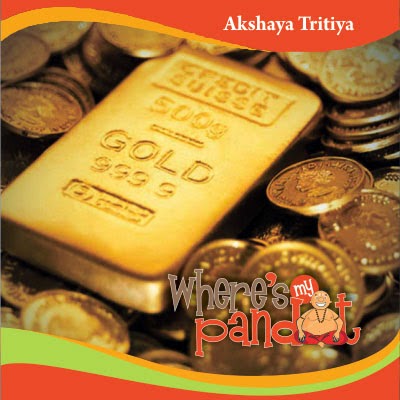Why Lord Ganesha Has An Elephant Head?
There are as many as 330 million gods in Hindu mythology. But the one who is always worshipped before reminiscing others is Lord Ganesha. He is considered as the one who brings auspicious fortunes and a remover of obstacles. With his soft looks and wisdom, Lord Ganesha is ever so popular and loved by all. He looks all cute and cuddly bearing an elephant head, a long trunk, two large ears, four hands, round big belly with snake tied around and riding his mouse. Each of his physical attributes signifies something important.
There are versions of stories explaining why Lord Ganesha bears an elephant head. It is said that both Lord Shiva and Parvati would now and then observe long episodes of meditation and penance which would last months. Once Lord Shiva went away for dhyana (meditation) and Goddess Parvati was left alone in Mount Kailash. She wanted to go off for a bath but was anxious as she was alone. She scrubbed off her skin of dirt and oil and created a young human form figure. Blowing a soft breath over it, Goddess Parvati brought the young child to life. She considered him as her own son. Goddess Parvati asked him to guard the entrance door and not let anyone pass it as she went inside to bathe.
In the meanwhile Lord Shiva returned home. While entering the house he saw this young child at the door who stopped him from going in. At first Lord Shiva reasoned with the young child that he was Goddess Parvati’s husband and Mount Kailash was his home, hence he had every right to enter his own home. However, the young child, loyal to Parvati and abiding her instructions stopped Lord Shiva in his tracks again saying that he is only performing his duty to Mother Parvati. Furious with rage Lord Shiva challenged the young child to battle and beheaded him with his trident. Hearing the cry of the young kid, Goddess Parvati rushed outside and was stunned by the horrifying sight of her young son lying in pool of blood and decapitated. She lost control of her rage and vowed to destroy all of the earth and heaven. This is when Lord Brahma and Lord Shiva tried to pacify her. Goddess Parvati agreed on two conditions. One – her son should be brought back to life and another – her son should be prayed first before prayers are offered to other deities. Lord Shiva sent his clan with specific instructions to bring back the head of the first living creature found in the north direction (as it is associated with wisdom). His ganas brought back the head of a young elephant they found sleeping with his head in north direction. Lord Shiva placed the elephants head on the body and breathed life into him. He also announced him as a leader of all Ganas (tribes and classes) hence naming him ‘Ganapati’. Lord Brahma blessed him with vardaan that Lord Ganesha will always be remembered before commencing any puja or new ventures for bringing in luck and removing hurdles.
For more blogs click here













